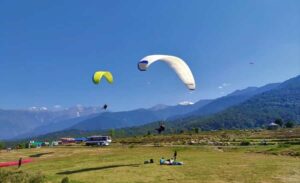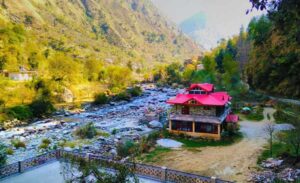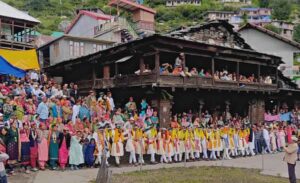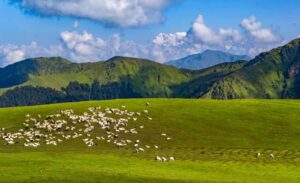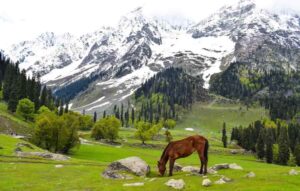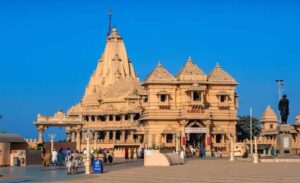Best Time to Visit Sirmour
Sirmour, a picturesque district nestled in the state of Himachal Pradesh, India, offers a captivating blend of natural beauty and cultural richness. The timing of your visit can significantly impact your experience, as the region undergoes distinct seasonal changes. In this comprehensive guide, we will delve into the weather patterns, temperatures, and the best seasons to visit Sirmour, helping you plan an unforgettable trip.
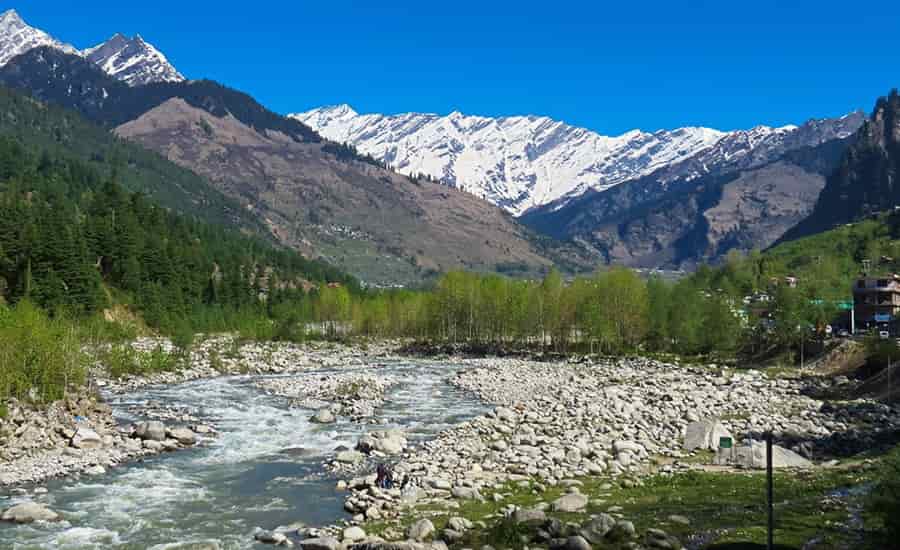
Spring (March to May)
As winter bids adieu, Sirmour transforms into a vibrant landscape during the spring season. March marks the onset of spring, bringing about a gradual rise in temperatures. The weather during this period is pleasantly cool, making it an ideal time for nature enthusiasts and adventure seekers.
- Temperature: Daytime temperatures range from 15 to 25 degrees Celsius, offering a comfortable climate for outdoor activities.
- Flora and Fauna: Spring brings a burst of colors as flowers bloom, and the lush greenery returns. It’s an excellent time for trekking and wildlife enthusiasts as the flora and fauna come alive.
- Activities: Engage in trekking through the scenic trails, visit orchards in full bloom, and explore the cultural heritage of the region.
Summer (June to August)
Summer in Sirmour is characterized by warmer temperatures, making it an attractive destination for those seeking a respite from the scorching heat in other parts of India. However, be prepared for occasional rain showers, as the monsoon sets in during this season.
- Temperature: Daytime temperatures can range from 20 to 30 degrees Celsius. Nights are relatively cooler, providing a pleasant atmosphere for outdoor activities.
- Monsoon Impact: While rain showers can enhance the lush greenery, they may pose challenges for outdoor excursions. Landslides are possible in some areas, so it’s advisable to check weather forecasts before planning treks.
- Festivals: The monsoon season coincides with some local festivals, offering a unique cultural experience.
Autumn (September to November)
Autumn in Sirmour is a magical time when the weather is mild, and the landscapes are adorned with vibrant hues. This season is considered one of the best times to visit, as it offers a perfect balance between pleasant temperatures and stunning natural beauty.
- Temperature: Daytime temperatures hover around 15 to 25 degrees Celsius, providing a comfortable climate for outdoor activities.
- Fall Colors: The deciduous trees begin to shed their leaves, creating a breathtaking tapestry of red, orange, and gold. This period is a photographer’s delight.
- Cultural Events: Autumn hosts various local festivals, providing visitors with an opportunity to immerse themselves in the rich cultural heritage of Sirmour.
Winter (December to February)
Winter blankets Sirmour in a serene layer of snow, transforming it into a winter wonderland. While temperatures can drop significantly, the season offers a unique charm for those who appreciate the beauty of snow-covered landscapes.
- Temperature: Daytime temperatures range from 0 to 15 degrees Celsius, and nights can be chilly. Snowfall is common in higher elevations, creating a picturesque setting.
- Winter Sports: Adventure enthusiasts can indulge in activities like skiing and snowboarding in select areas. The crisp winter air adds a touch of magic to the surroundings.
- Festivals and Celebrations: Winter is marked by various cultural events and festivals, providing visitors with an opportunity to experience the local traditions and hospitality.
Conclusion
Choosing the best time to visit Sirmour depends on your preferences and the type of experience you seek. Whether you’re captivated by the vibrant colors of spring, the pleasant temperatures of autumn, or the enchanting snowscapes of winter, Sirmour has something to offer throughout the year. Plan your visit accordingly, keeping in mind the distinct characteristics of each season, and embark on a journey to discover the beauty and charm of this captivating district in Himachal Pradesh.
Also Read:

